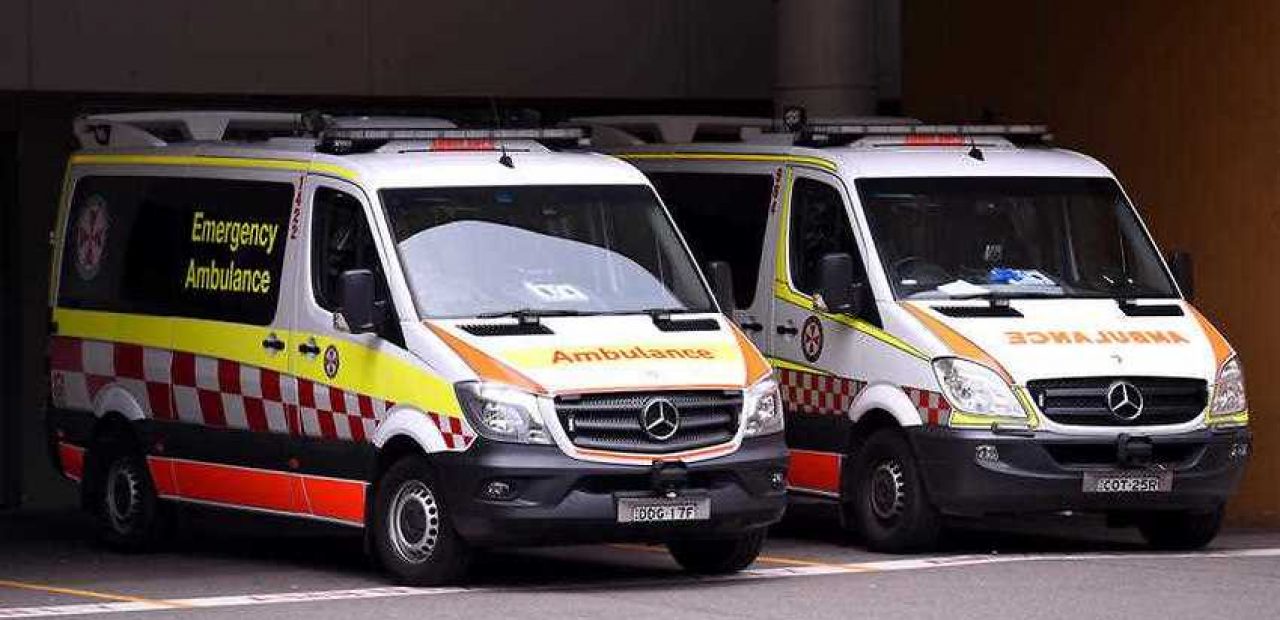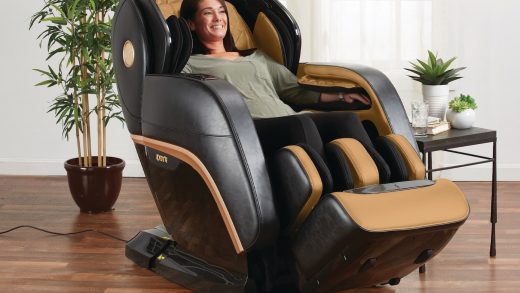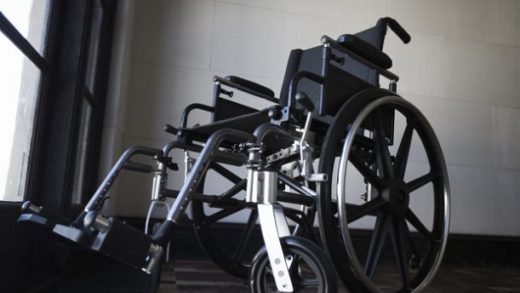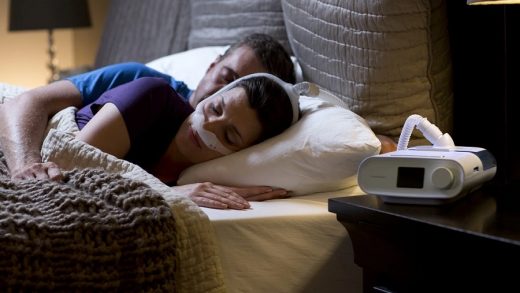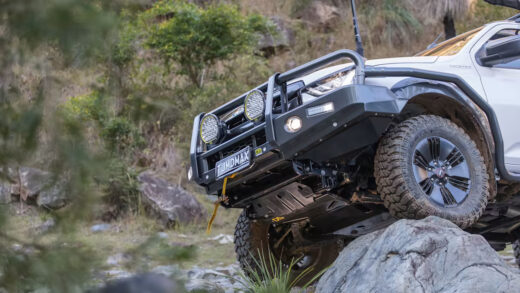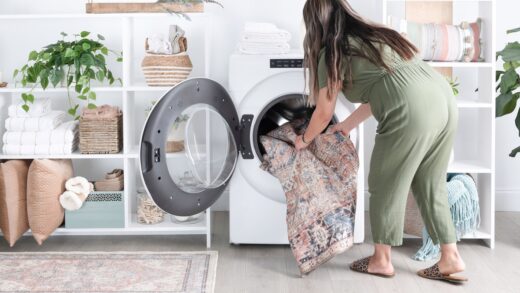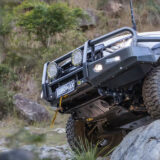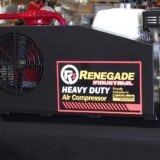Ambulance Seats: the Challenges That Manufacturers Are Faced With
Providing proper patient care in the back of an ambulance can be extremely challenging and dangerous, and it can sometimes lead to worsening the condition of the patient. A minor fender bender or a sudden stop can result in a serious injury if the patient isn’t properly restrained or seated. A lot of different factors impact ambulance safety, and the overall design of the ambulance which includes its construction and maintenance are obviously at the top of the list.
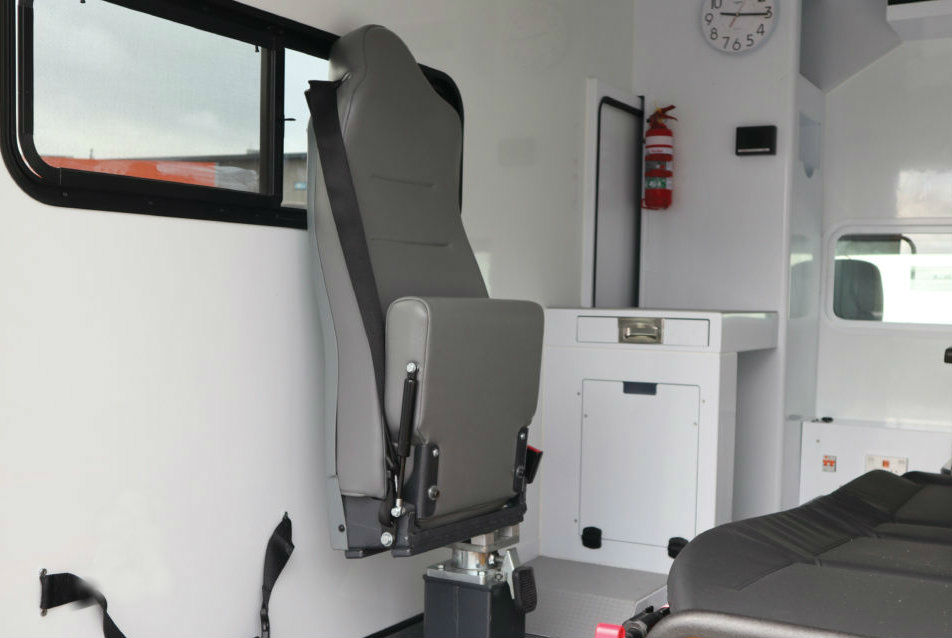
However, ambulances that were designed even just over 10 years ago still have some flaws. The safety standards of ambulances are constantly being updated, and rightfully so. Safe seating is one of the most important factors that impact safety, which means that ambulance car seats need to be functional, safe, comfortable, and easy to clean up after bad calls.
When it comes to ambulance car seats, the industry has seen significant safety improvements. Nowadays, manufacturers are focusing on building ADR approved seats that meet SAE standards. The reasons why seating is important is because having an ambulance seat and restraint system that provides optimum crash protection while still allowing responders easy access to the patient, medical supplies and medical equipment can be the determining factor between life and death.
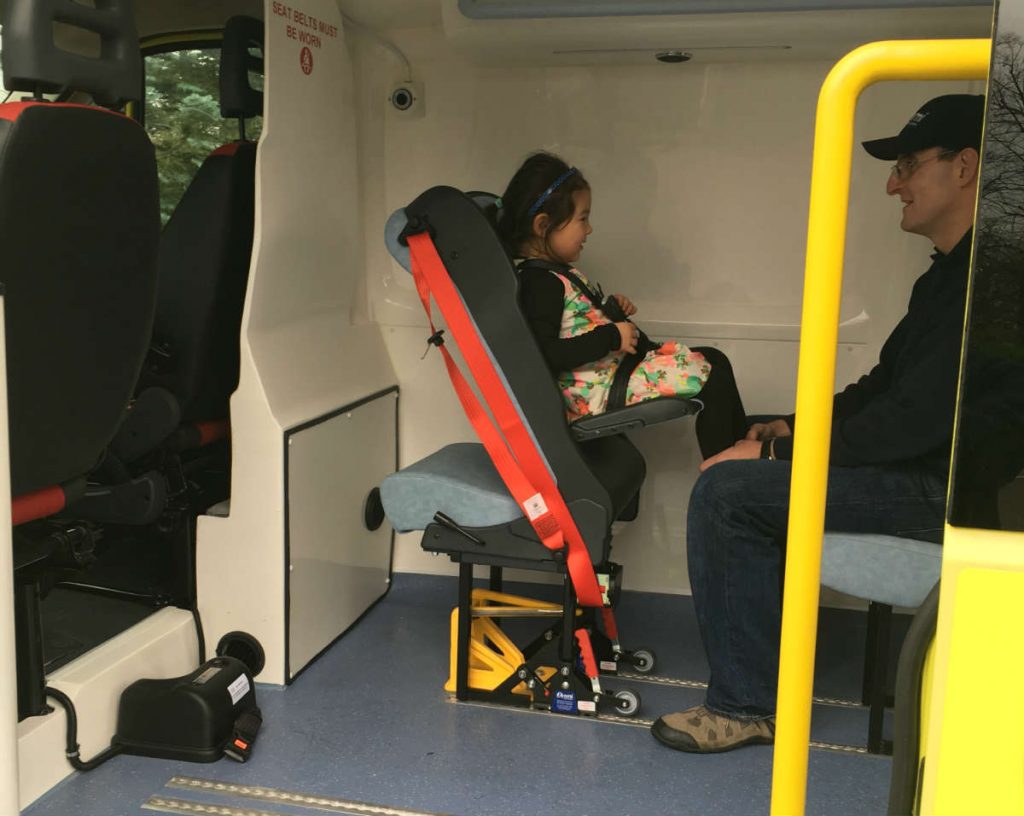
Some of the things to keep in mind when shopping for safety seats include:
- There isn’t a “safest” or “best” seat for everyone. The seat needs to fit the patient’s size, needs to be correctly installed, and used properly;
- The price alone shouldn’t be the deciding factor. A more expensive seat isn’t necessarily better, safer nor easier to use;
- Avoid buying used seats if you don’t know their history;
- Avoid buying seats that don’t come with clear instructions about how to use them.
Furthermore, the National Fire Protection Association of Australia requires dynamic seat testing to improve crash survivability and occupant safety. Seat belts, patient access, head clearance, seat belt warning systems, and child restraints should also be considered when shopping for ambulance seats. Seat direction is also something that needs to be considered. Side-facing seats have worked well for over 30 years, but they’re now deemed unsafe in case of a crash, even with a seat belt on. With that said, designing ambulance seats and restraint systems which provide optimum crash protection while still enabling patient access for responders can be challenging, but it’s not impossible to find seats that overcome these challenges.

